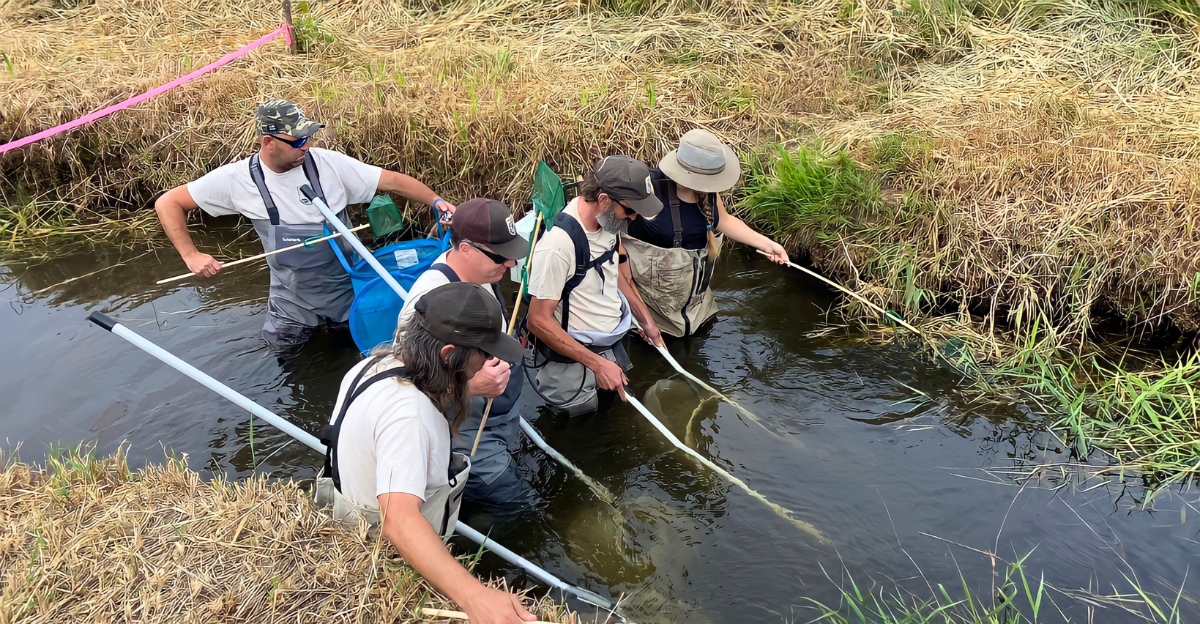
Most people imagine marine invasions as fast-moving disasters, predators wiping out native fish in dramatic fashion. But many invasions are quieter, slower, and far more disruptive. Take Amathia verticillata, the “spaghetti bryozoan.” It looks like floating glass noodles and has spread along the West Coast without much notice.
While attention focuses on green crabs and zebra mussels, this soft-bodied invader is establishing itself from California to the Pacific Northwest. A recent discovery in South Africa’s Langebaan Lagoon shows just how quickly it can take hold, even in protected areas.
The real danger isn’t what you can see, it’s the domino effect this species triggers in marine ecosystems. Left unchecked, it could lead to disruptions costing North America up to $26 billion a year.
The Ecosystem Engineer Nobody Saw Coming

Most invasive species discussions center on large animals, but Amathia verticillata poses a different threat. It reshapes habitats on a microscopic scale. Instead of simply taking up space, it builds dense, meter-wide colonies that support layers of new organisms, like underwater apartment complexes.
Research from Spanish marinas shows these “facilitation cascades” can stack up to six levels deep. It’s a challenge to grasp because the damage doesn’t come from predation, it comes from construction. These sprawling colonies quietly transform harbors, giving invasive species a foothold while pushing out natives. It’s not an attack, it’s a quiet takeover, one branch at a time.
Climate Change as the Ultimate Invasion Enabler
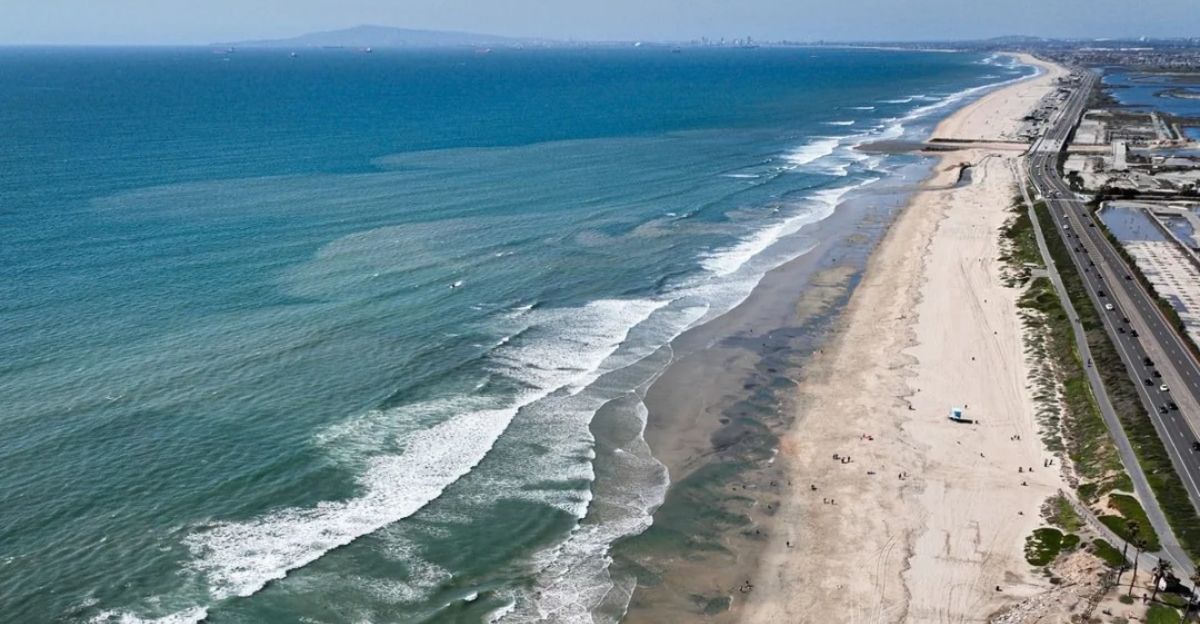
Amathia verticillata thrives in warm, salty water, specifically above 22°C and down to 30ppt salinity. Thanks to climate change, those conditions are now expanding along the West Coast. Ocean temperatures in 2025 reached their highest in 65 years, creating ideal conditions for warm-water invaders.
Studies show non-native species often outperform native ones in warming seas. The danger lies in assuming today’s species map will hold tomorrow. As waters warm, areas once too cold are now open for colonization. This isn’t a slow creep, it’s a rapid expansion once certain thresholds are crossed, potentially unlocking 500 square kilometers of new habitat in just a few decades.
How Global Trade Accidentally Weaponized Ocean Transportation
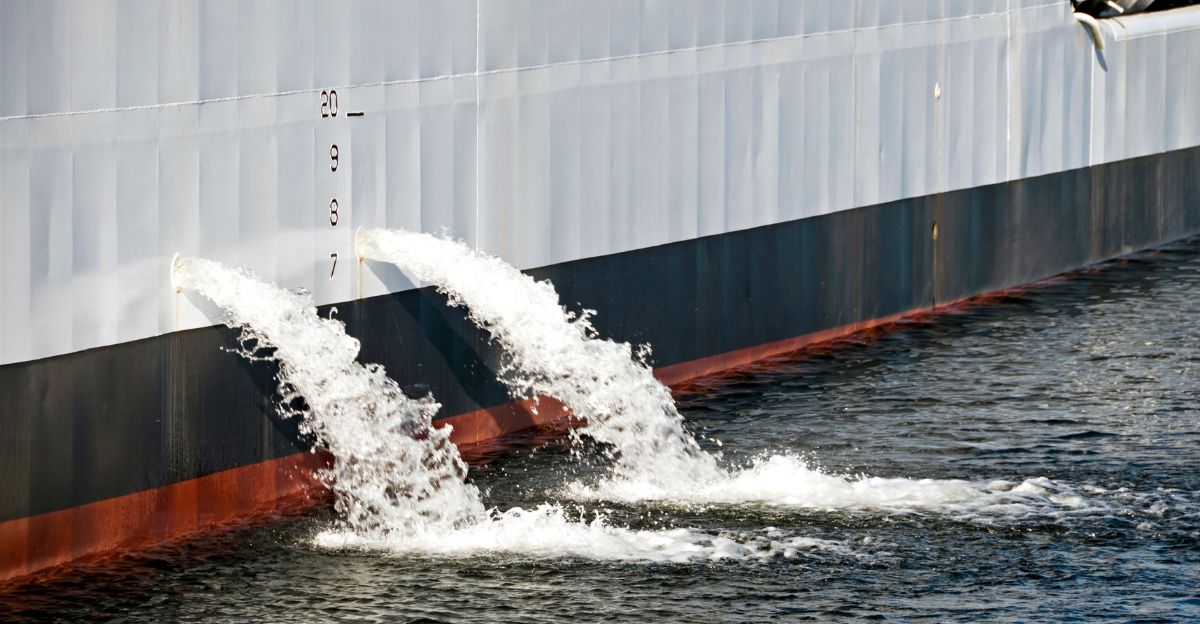
Every day, cargo ships release roughly 27 million gallons of ballast water into global ports, water that can carry up to 7,000 species. Amathia verticillata is perfectly suited to this global lottery, with fragments tough enough to survive the trip and establish quickly. California’s experience with invasive mussels revealed cracks in the system: despite a 25% inspection mandate, only 16 out of 3,000 ships were tested.
The West Coast handles 90% of U.S. trade, creating thousands of entry points for invasive species. Yet most regulations focus on deliberate introductions, not accidental ones like ballast water. We’ve created a global shipping superhighway for invasions, with few guardrails in place.
When Spaghetti Becomes Industrial Sabotage
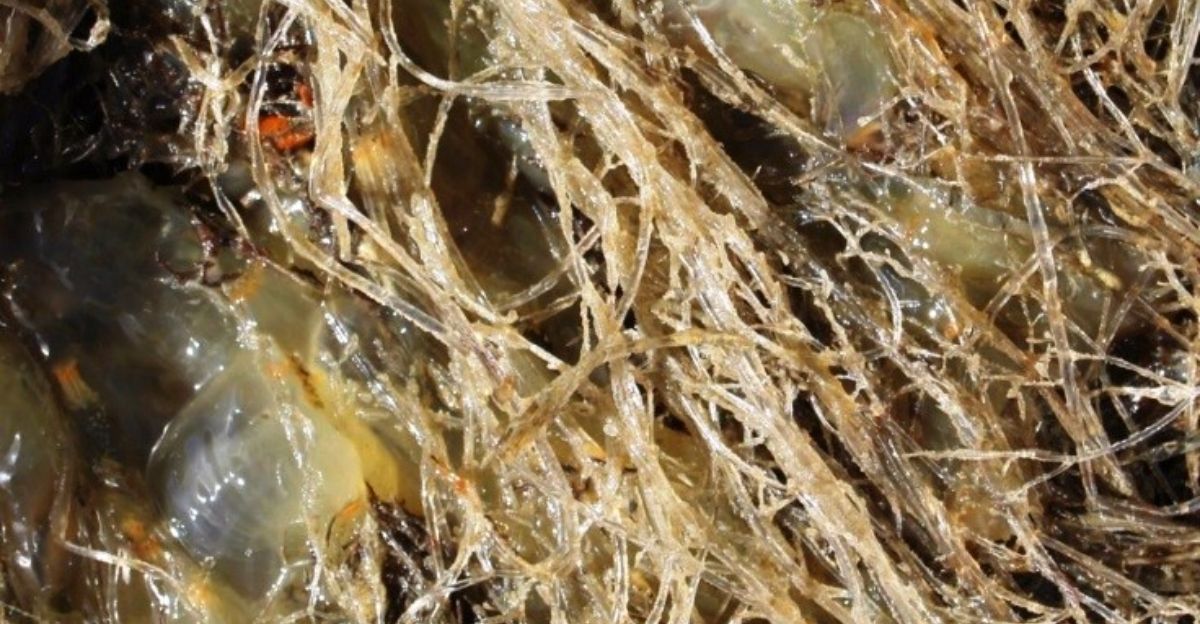
The damage from Amathia verticillata isn’t hypothetical, it’s happening now. In South Korea, it disrupted pearl oyster farms. In Israel, it clogged power plant pipes. In Texas, it fouled shrimp gear in Galveston Bay. Similar problems are popping up in California and across the Mediterranean, where the species coats marina structures and ship hulls.
Marine fouling organisms like this cost North America over $26 billion a year. Yet the threat often gets brushed aside. Why? Because it feels distant, until pipes clog, gear fails, or costs pile up. Colonies are already spreading on harbor infrastructure along the West Coast, posing an under-the-radar threat to ports and industries alike.
How Tiny Filters Become Ecosystem Dominators
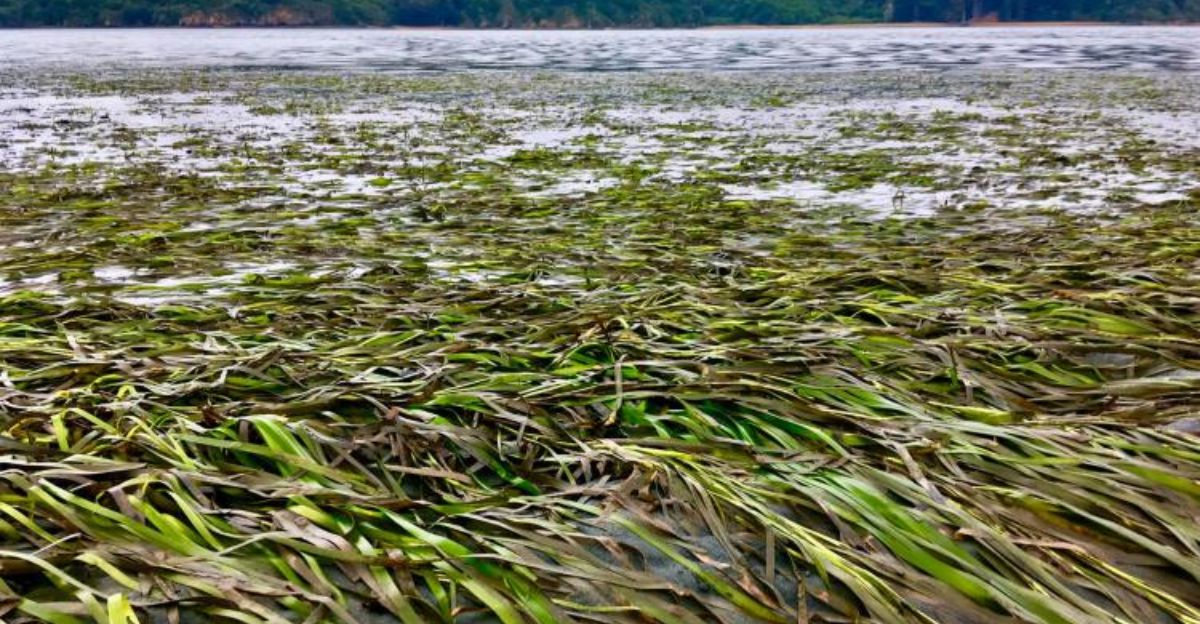
Each colony of Amathia verticillata acts like a huge water filter, pulling out phytoplankton, the foundation of marine food webs. What seems like harmless filtering actually creates ripple effects, starving native species and reshaping food chains. This “trophic dispersion” forces species to move or adapt, often with poor results.
In San Diego Bay, colonies smothered eelgrass, leaving gaps quickly filled by algae. These changes shift ecosystems away from balance, favoring invasives over natives. The damage isn’t obvious right away, but over time, the filtering pressure can drain nutrients and collapse food webs. One colony may look benign, thousands can transform an entire bay.
From Underwater Gardens to Biological Wastelands
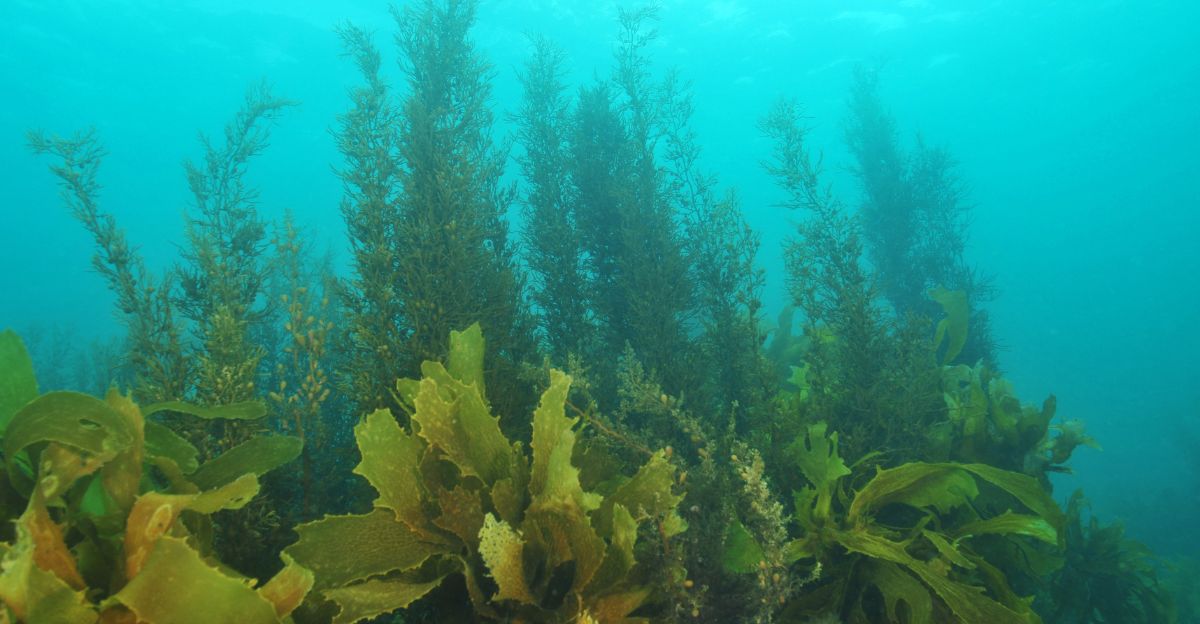
Seagrass beds and kelp forests along the West Coast are among the most biodiverse marine environments in the world. Amathia verticillata threatens to turn these into what scientists call “biological deserts”, places stripped of diversity and function. It smothers native species, dominates available space, and sets off feedback loops that block recovery.
Nearly every fishery under the Pacific Fisheries Management Council is vulnerable to these shifts. And yet, the value of these ecosystems is often realized only after they’re lost. They offer coastal protection, carbon storage, and food security, services that would cost trillions to replicate artificially. What looks like minor fouling may actually signal ecological collapse.
Why We’re Always Fighting the Last Invasion
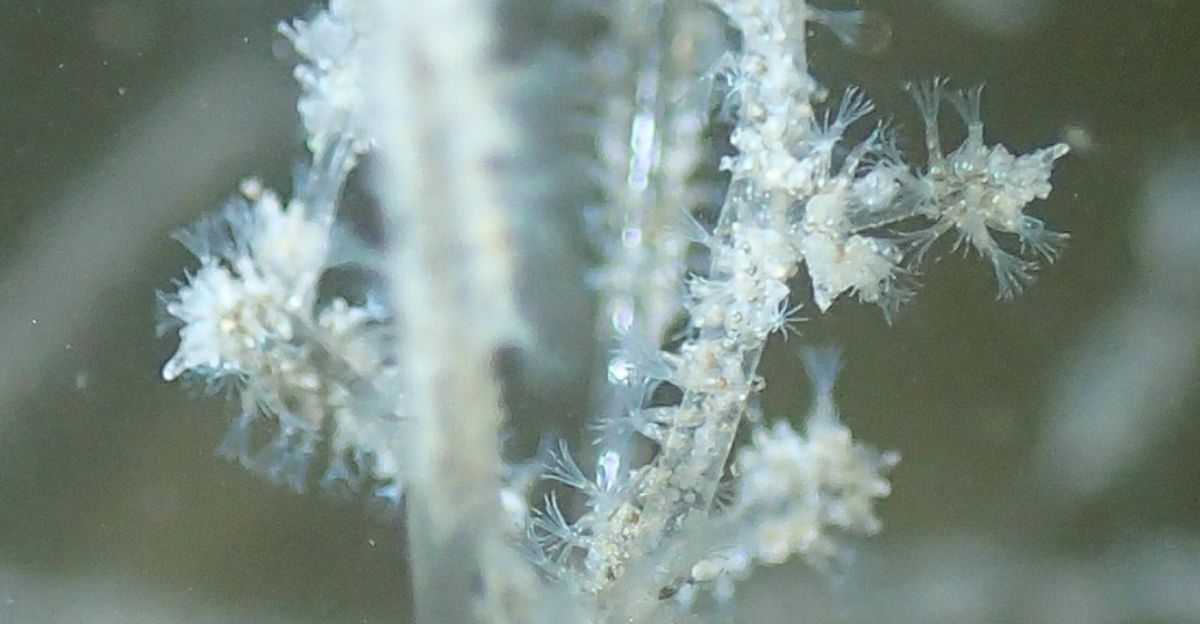
Marine invasions are hard to spot early, which makes fighting them late almost inevitable. Amathia verticillata is a textbook example: it begins life as tiny larvae, forms colonies that look like algae, and often appears first in places with limited monitoring. New DNA methods can detect these invaders years before they’re visible, but most programs still rely on traditional surveys.
As a result, threats fly under the radar until it’s too late. California missed early signs of the golden mussel, and history could repeat itself. By focusing on familiar enemies, we overlook what’s already establishing itself in unmonitored harbors, setting the stage for the next big invasion.
When Prevention Costs Thousands, Reaction Costs Billions
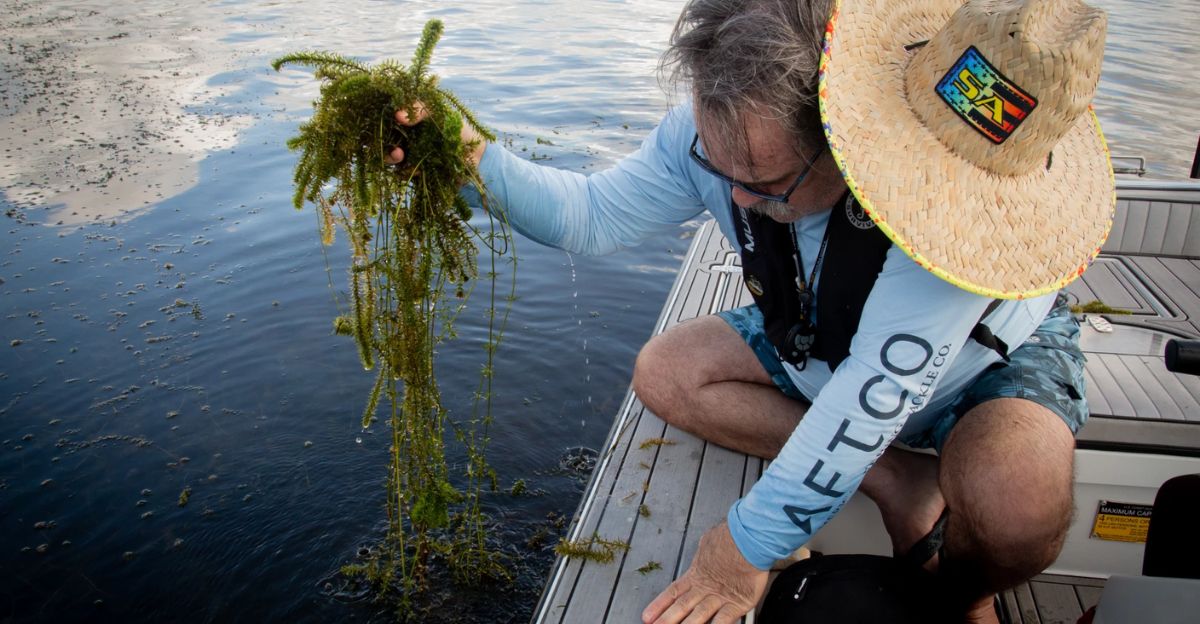
Marine invasive species follow a familiar cost curve: prevention is cheap, but delayed action becomes catastrophically expensive. Florida spent $13 million managing hydrilla in FY21–22, nearly three-quarters of its total aquatic invasive plant control budget. Washington has invested $5.5 million since 2004 to fight knotweed, with biennial spending now topping $900,000.
Amathia verticillata’s global spread and proven damage, from Israeli power plant blockages to aquaculture fouling in Korea, make West Coast colonization a matter of when, not if. Globally, invasive species management lags by an average of 11 years after damage is reported.
With marine ecosystem services valued at $29.5 trillion, and California’s ocean economy alone worth $45 billion, we’re betting against time, and the costs of delay have already added $1.2 trillion to global invasion impacts.
The Choice That Defines the Next Marine Century
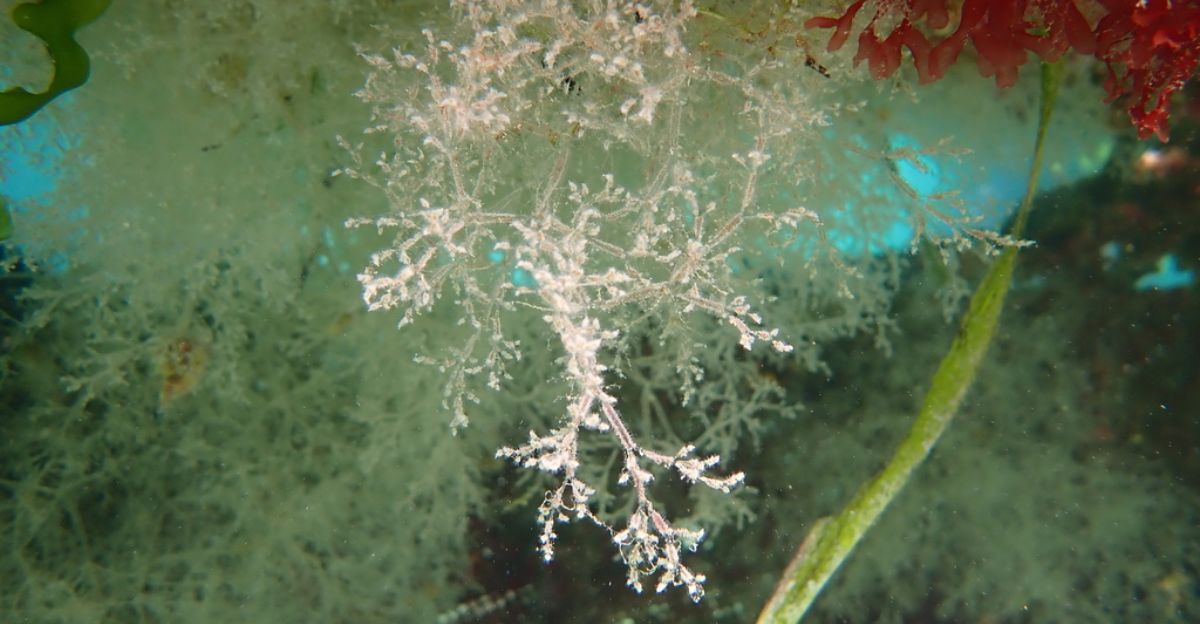
The West Coast is at a turning point. Amathia verticillata isn’t just another invader, it signals a larger crisis at the intersection of global trade, climate change, and weak biosecurity. Warmer oceans, rising ship traffic, and reactive policies have opened the door to regime shifts in marine ecosystems. But there’s still time to act.
Targeted interventions, like sea otter restoration to control invasive crabs, prove that smart management works. The real choice isn’t between a pristine ocean and an invaded one, that battle has passed. It’s whether we build resilient ecosystems that can adapt and endure, or let them be flattened into biological sameness. The next decade will decide the legacy we leave in the water.
Explore more of our trending stories and hit Follow to keep them coming to your feed!
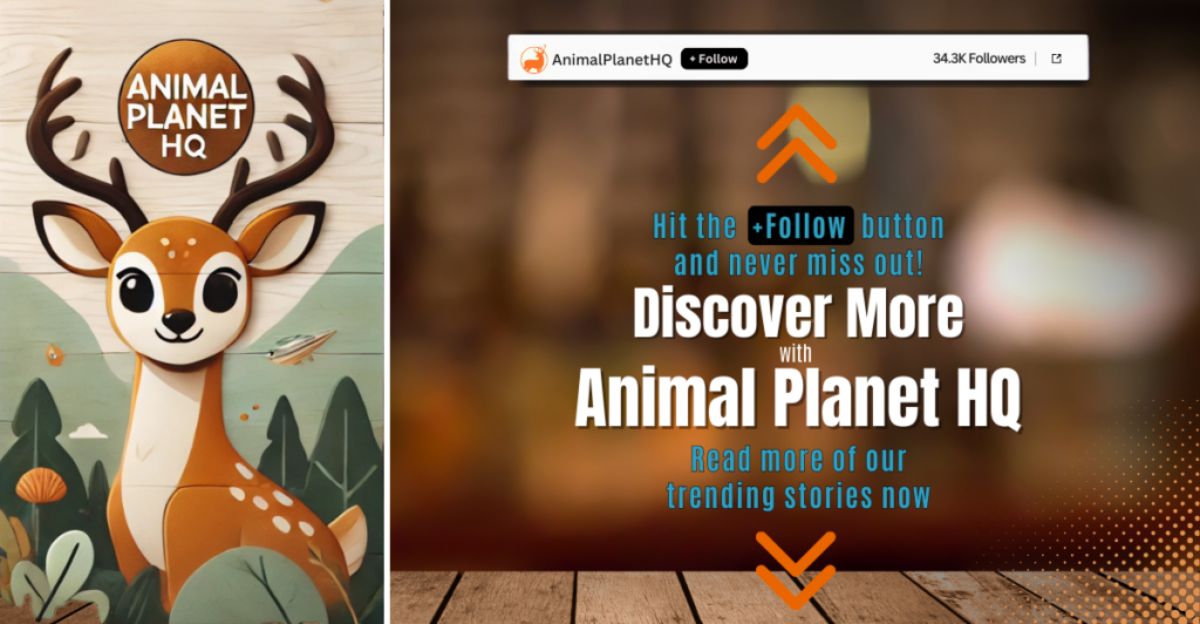
Don’t miss out on more stories like this! Hit the Follow button at the top of this article to stay updated with the latest news. Share your thoughts in the comments—we’d love to hear from you!







